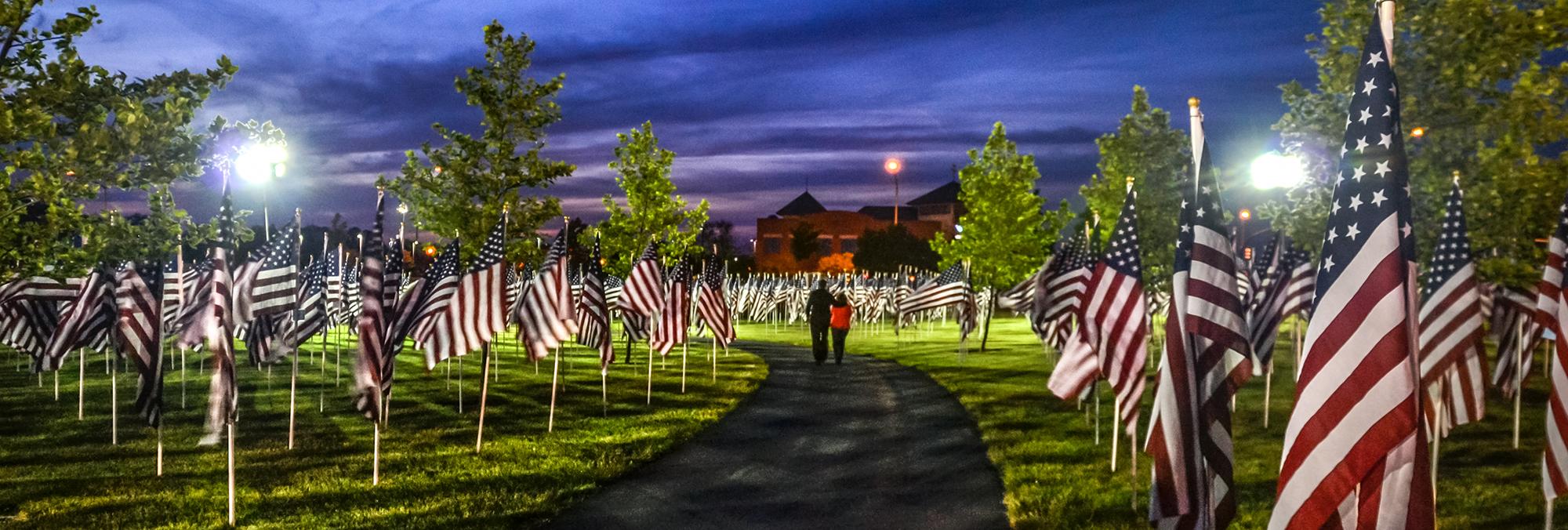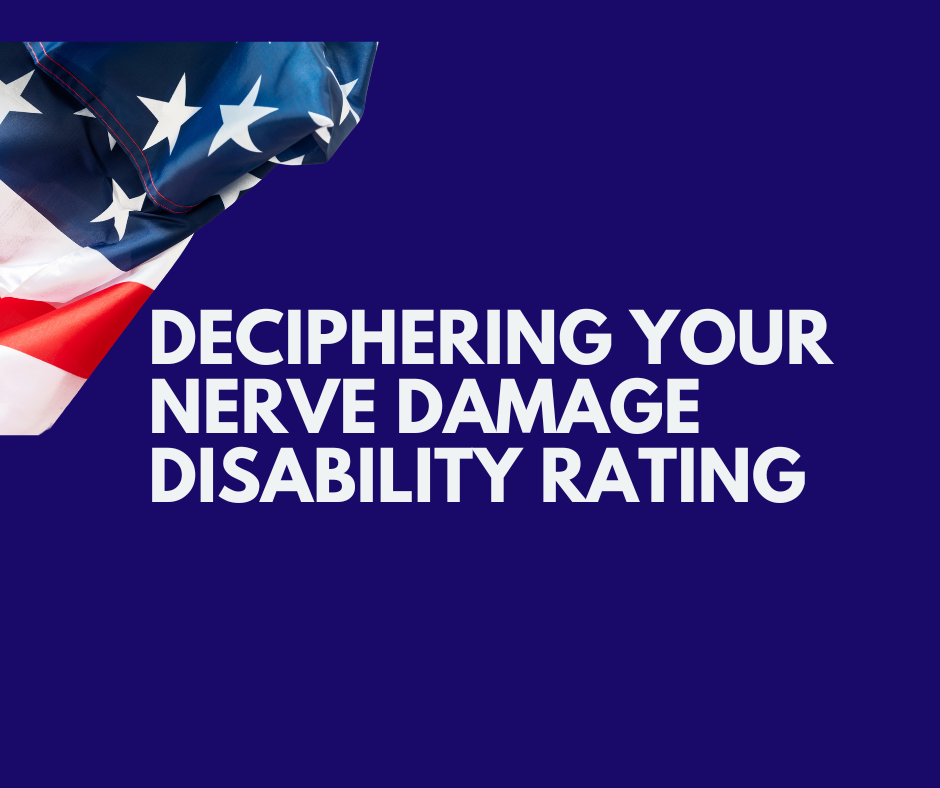Recent Posts

Honoring Randall D. Murdock and Terry Ault at the 2025 Field of Heroes
This Memorial Day weekend, the Field of Heroes in Westerville, Ohio, will once again transform into sacred ground—3,000 flags, each representing (...)
Read more
Top 5 Reasons VA Disability Claims are Denied - and How to Avoid Them
Filing for VA disability benefits is not just about paperwork. It’s about receiving the support and recognition you deserve for the sacrifices (...)
Read more
Deciphering Your Nerve Damage Disability Rating: A Step-by-Step Guide
The journey of a veteran doesn’t end after hanging up the uniform; it’s often just the beginning of a new battle. For those dealing with (...)
Read more
What is the Most Approved VA Disability Rating?
Navigating the complex world of VA disability claims can be daunting for veterans who have bravely served their country. With various disability (...)
Read more
Can the VA Take Away My 100% Disability Rating?
When it comes to VA disability benefits, “can the VA take away 100 permanent and total disability” is a crucial topic for many veterans. (...)
Read more
Should I Hire a Lawyer for My VA Claim?
Are you a veteran struggling with your VA disability claim or appeal? The process can be frustrating and confusing, but should you hire a lawyer for a (...)
Read more


